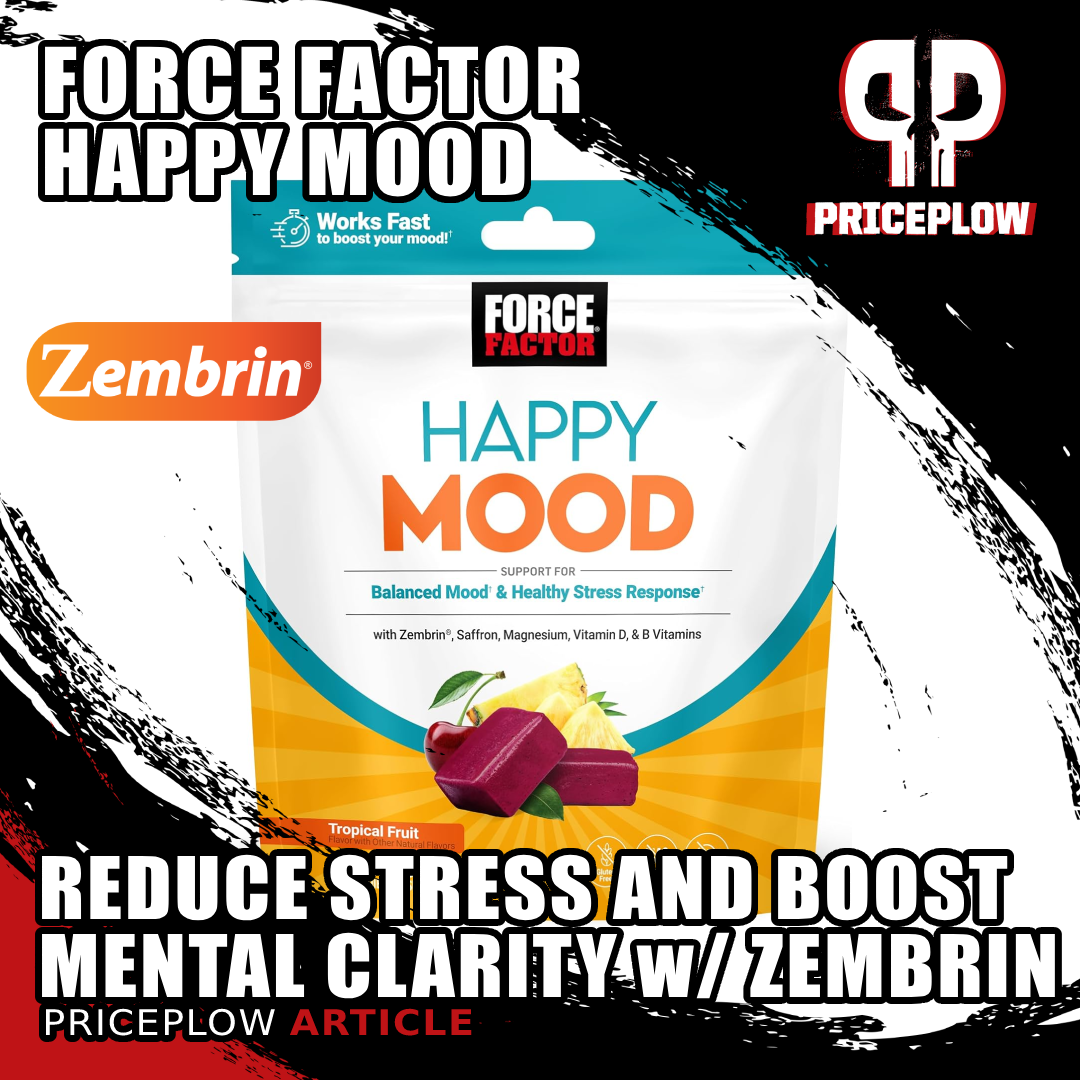
Force Factor Happy Mood, powered by PLT Health Solutions' Zembrin, helps reduce stress and enhance mental clarity.
Force Factor has been in the supplement industry for a long time. However, they've recently started releasing some new and innovative formulas that have grabbed our attention. One of those is their chewable Happy Mood supplement, which is meant to help enhance your mood and cognitive function in a tasty, bite-sized soft-chew.
One of the things that caught our attention about Force Factor Happy Mood is its unique blend of vitamins, minerals, and botanicals. Unlike other options that may add stimulants to boost your energy or make you feel more alert and productive, Happy Mood offers something a little more subtle.
Therefore, whether you're an athlete pushing through intense training sessions or someone managing the day-to-day stresses of life, Happy Mood offers a natural and effective solution for maintaining mental clarity throughout your day.
A Chewable Form of Zembrin® from PLT Health Solutions!
Most importantly, Happy Mood features cutting-edge and clinically tested ingredients like PLT Health Solutions' Zembrin®, making it a great performer for stress relief, emotional balance, cognitive enhancement, and fatigue reduction.
In the rest of this article, we'll provide a full scientific breakdown of each ingredient in Force Factor Happy Mood. Before diving in, check availability and sign up for our PLT Health Solutions news alerts on PricePlow:
Force Factor Happy Mood – Deals and Price Drop Alerts
Get Price Alerts
No spam, no scams.
Disclosure: PricePlow relies on pricing from stores with which we have a business relationship. We work hard to keep pricing current, but you may find a better offer.
Posts are sponsored in part by the retailers and/or brands listed on this page.
This area is reserved for Team PricePlow's upcoming videos.
Subscribe to our channel and sign up for notifications so you catch it when it goes live!
Force Factor Happy Mood Ingredients
The ingredients included in Force Factor Happy Mood are:
-
Zembrin® (Sceletium tortuosum) Extract (aerial parts) - 25 mg
Zembrin® is a patented extract derived from Sceletium tortuosum, also known as kanna -- but this is no ordinary extract!
Kanna has a long history of use in traditional South African medicine. For centuries, indigenous tribes used the plant for its mood-enhancing and stress-relieving properties, often chewing its leaves during high-stress activities like hunting to stave off fatigue and elevate mood.[1,2]
Fast-forward to today: Zembrin, produced by PLT Health Solutions, has become the most well-researched Kanna extract on the market, boasting a robust portfolio of clinical studies validating its benefits for mood, stress reduction, and cognitive enhancement.
How Zembrin Works: Inhibiting Serotonin Reuptake and PDE-4
One of Zembrin's standout features is its unique alkaloid profile. The extract is rich in mesembrine alkaloids, which are thought to be responsible for its powerful effects on mood and cognition.
Research shows that the mesembrine alkaloids in Zembrin target two critical mechanisms in the brain: serotonin reuptake inhibition and phosphodiesterase-4 (PDE-4) inhibition.[3,4]
Serotonin reuptake inhibition, a mechanism shared by many antidepressant drugs, increases serotonin availability in the brain, leading to improved mood and reduced anxiety. This is particularly beneficial for individuals struggling with stress or mood disorders like depression, as serotonin plays a key role in emotional regulation.[5]
On the other hand, PDE-4 inhibition boosts levels of cyclic adenosine monophosphate (cAMP), which is crucial for cognitive function and neuroplasticity.[6] This inhibition enhances brain communication and can improve learning, memory, and overall mental clarity.[7,8] By combining these two mechanisms, Zembrin enhances mood and supports cognitive flexibility and performance.
In a functional MRI (fMRI) study from 2013, Zembrin was shown to reduce the brain's response to threat and stress. Participants who took a single dose of Zembrin displayed a significant reduction in activity in the amygdala, the part of the brain responsible for processing fear and anxiety.[9] This study suggests that Zembrin can help mitigate exaggerated fear responses and promote a calmer, more focused state of mind.
Additional Research Showing Zembrin's Real-World Benefits
A study from 2024 further demonstrated Zembrin's cognitive benefits. In this randomized, double-blind, placebo-controlled trial, cognitively healthy adults between the ages of 45 and 65 took either Zembrin or a placebo for three weeks. The results showed significant improvements in cognitive flexibility and executive function in the Zembrin group compared to the placebo group.[1]
EEG measurements indicate significantly greater brain activity in challenging tasks when participants use Zembrin.[10]
These improvements in higher-level cognitive processes are essential for problem-solving, planning, and adapting to new challenges, making Zembrin beneficial for individuals needing to maintain sharp mental performance under stress. That could even benefit athletes undergoing intense training or in high-stress competitions.
Another study from 2021 even showed Zembrin could have direct benefits on athletes, reducing soreness and increasing range of motion 48 hours after exercise compared to placebo groups.[10]
Multiple studies have also highlighted Zembrin's ability to reduce anxiety and improve mood. One study from 2020 subjected participants to 20-minute multitasking frameworks to induce stress. The results found that Zembrin had a significant effect on heart rate through the mid-stress time point. Instead of elevating the heart rate, the Zembrin group had their heart rate remain the same or lower slightly, showing reduced stress.[11]
As highlighted in Episode #146 of the PricePlow Podcast featuring PLT Health's Steve Fink and Dr. Jeremy Appleton, Zembrin's dual-action mechanism sets it apart from other mood-enhancing ingredients. Unlike stimulants or sedatives, Zembrin provides calmness without drowsiness or cognitive impairment. This balance makes it useful for tasks requiring both focus and emotional stability.
Overall, Zembrin is an excellent main ingredient in Force Factor's Happy Mood for anyone looking to enhance their mood, reduce stress, and elevate cognitive function.
-
Saffron (Crocus sativus) Extract (flower) - 10 mg
Saffron, derived from the Crocus sativus flower, has been used for centuries in traditional medicine to enhance mood and support emotional well-being. It offers many benefits in Happy Mood as clinical research has shown it supports mood regulation, reduces stress, and also aids in post-workout recovery. This works synergistically with many of the benefits of Zembrin.
One key mechanism behind saffron's mood-enhancing effects is its ability to regulate neurotransmitter levels in the brain. Studies have shown that saffron can increase serotonin levels to regulate mood and emotional stability,[12] which complements Zembrin's capabilities to enhance serotonin production.
Moreover, two studies in 2004 and 2006 found that 30 mg of saffron daily was as effective as conventional antidepressant medications in treating mild to moderate depression, further showcasing its mood-enhancing properties.[13,14] Although the dose in Happy Mood is lower, saffron still plays a significant role in enhancing emotional well-being, particularly when combined with other mood-boosting compounds.
Saffron offers additional benefits for athletes and anyone trying to improve their fitness level. One study from 2015 found that saffron may have anti-inflammatory properties that help with exercise recovery. After 10 days of saffron supplementation, participants experienced reduced muscle soreness and faster recovery after exercise compared to placebo groups.[15]
This makes saffron an appealing addition to Force Factor Happy Mood, as it can potentially support mental clarity and physical recovery. It's an overall well-rounded ingredient for those looking to optimize their mental and physical performance.
-
Vitamin D (as Cholecalciferol) - 50 mcg (2000 IU)
Next up, we have vitamin D3, supplemented as cholecalciferol. It plays a crucial role in maintaining both mental and physical health. The 50 mcg (2000 IU) dose of vitamin D in Happy Mood makes a solid impact on this formula's mood-boosting effects.
Research has shown that low levels of vitamin D are associated with an increased risk of depression and anxiety. Particularly, a study in 2022 found that individuals with higher vitamin D levels experienced improved mood and reduced symptoms of depression.[16]
Research has also shown that an average of 41.6% of adults in the U.S. are vitamin D deficient.[17] So, getting extra vitamin D in a supplement like Happy Mood is a terrific idea to manage mood and well-being.
For athletes and fitness enthusiasts, vitamin D offers additional benefits, helping maintain bone health, muscle function, and immune system support. A study in 2020 even found that adequate vitamin D levels can enhance muscle strength and recovery. Therefore, it's a key nutrient for optimizing athletic performance and overall well-being.[18]
-
Niacin (as Niacinamide) - 15 mg
Niacin, also known as vitamin B3, helps with energy production and brain health.
One of its most significant functions is aiding in the production of neurotransmitters like serotonin to regulate moods. Serotonin is created by the amino acid tryptophan. Niacin is part of the metabolizing process that forms serotonin from tryptophan. In essence, this means a niacin deficiency could impact mood by affecting the production of serotonin.[19]
Additionally, a study published in 2019 highlighted niacin's neuroprotective properties, suggesting that it helps maintain brain health by reducing oxidative stress and inflammation.[20]
For athletes, niacin also supports efficient energy metabolism, ensuring the body can convert food into usable energy during workouts and recovery.[21]
-
Vitamin B6 (as Pyridoxine HCI) - 2 mg
Vitamin B6 is another nutrient that aids in mood regulation and brain health. It plays an essential role in the production of neurotransmitters such as serotonin, dopamine, and GABA, which are key for emotional balance.[22]
A study in the American Journal of Clinical Nutrition found that consuming higher amounts of vitamin B6 and B12 was associated with a 2% lower change of depressive symptoms per year, indicating it may have at least some effect on mood regulation.[23]
Just like vitamin B3, B6 is also important for energy metabolism. It helps convert proteins and carbohydrates into energy, which improves mental and physical performance.[24]
-
Vitamin B12 (as Methylcobalamin) - 25 mcg
Dive into PLT Health's cognitive platform with Steve Fink and Dr. Jeremy Appleton, exploring Zynamite, Zembrin, and Vanizem's impact on brain health in Episode #146 of the PricePlow Podcast
Similar to B6, vitamin B12 aids in mood regulation and brain health, including helping with the production of key neurotransmitters that affect mood. Research has shown that B6 and B12 have synergistic effects, so having both in this formula is a good choice to get the most out of them.[25]
Another key role of B12 is it helps maintain the myelin sheath, which protects nerve cells and ensures smooth communication between the brain and the rest of the body. Studies have even shown that supplementing with it can help treat the symptoms of traumatic brain injury, further showing its role in maintaining healthy cognitive and nerve function.[26]
Studies have also found that low B12 levels are linked to memory issues and problems with mental clarity. Therefore, getting extra B12 in a supplement like Happy Mood never hurts to ensure you're mentally operating at your best.[27]
-
Magnesium (as Magnesium Citrate) - 40 mg
Magnesium is a vital mineral that plays a key role in numerous bodily functions, including muscle relaxation, nerve function, and mood regulation. In Force Factor Happy Mood, magnesium is included as magnesium citrate, a highly absorbable form that supports both mental and physical well-being.[28]
Research has shown that magnesium has a significant impact on mood and stress levels. A study in 2021 found that magnesium supplementation helped reduce symptoms of anxiety and depression, especially in individuals with low magnesium levels.[29]
Those positive effects on anxiety and depression are because magnesium helps regulate neurotransmitters, including creating enzymes that support the production of serotonin for mood stabilization.[30] It goes well with Zembrin, saffron, and many other ingredients in this formula that also influence serotonin production.
Magnesium also plays a role in energy production, making it essential for endurance and physical performance.
Several studies have highlighted that magnesium may help improve muscle function, reduce fatigue, and lessen muscle soreness after strength training. Researchers suggest these effects are because magnesium enhances glucose availability in the brain, muscles, and blood, reducing or delaying lactate accumulation in the muscles during a workout.[31]
By including magnesium citrate, Force Factor Happy Mood ensures users not only enjoy emotional benefits but also experience enhanced recovery and relaxation, making it a valuable ingredient for those who live active lifestyles.
Conclusion
Overall, Force Factor Happy Mood is a thoughtfully formulated mood-enhancing supplement, anchored by PLT Health Solutions' Zembrin.
The unique blend of vitamins, minerals, and botanicals in this formula seems to be designed to work synergistically, with common effects like aiding serotonin production, reducing stress, and facilitating recovery present throughout. Plus, you can't go wrong with clinically tested ingredients like Zembrin and saffron leading the way.
If you want to get a little more mental clarity in your day, we encourage you to try Force Factor Happy Mood and see what it can do for you.
Also, if you're curious about what Force Factor has in store next, stay tuned — it looks like there's another new product on the horizon, and it might help with hair growth! This is our first time covering Force Factor in a while, and it definitely won't be the last -- we're very excited with what they've done lately!
We'll be here covering any new and interesting developments from Force Factor and the rest of the supplement industry. Make sure you sign up for notifications if you haven't already so you don't miss a thing.
Force Factor Happy Mood – Deals and Price Drop Alerts
Get Price Alerts
No spam, no scams.
Disclosure: PricePlow relies on pricing from stores with which we have a business relationship. We work hard to keep pricing current, but you may find a better offer.
Posts are sponsored in part by the retailers and/or brands listed on this page.

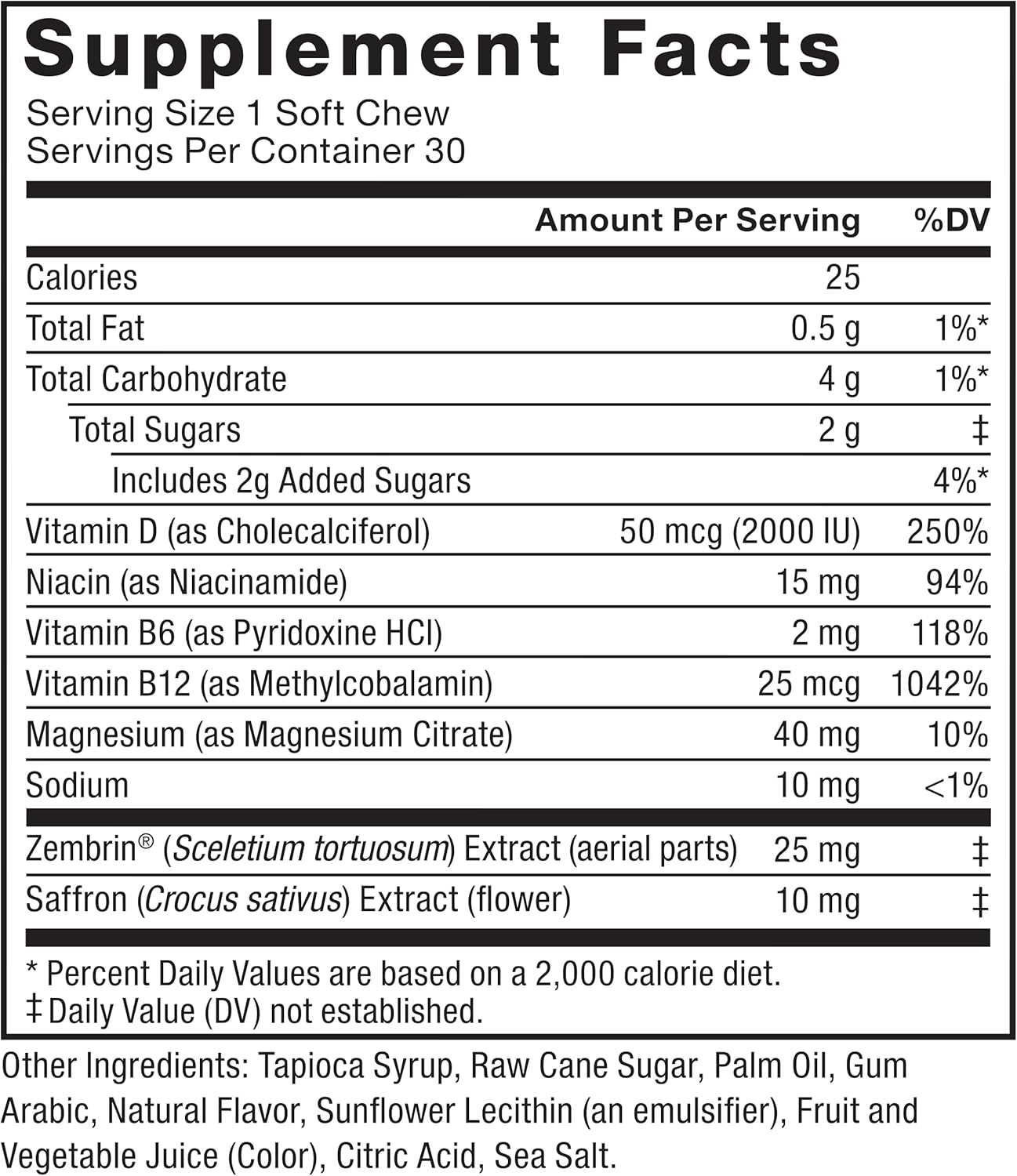
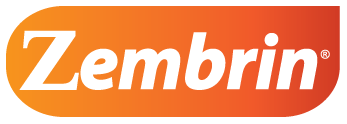
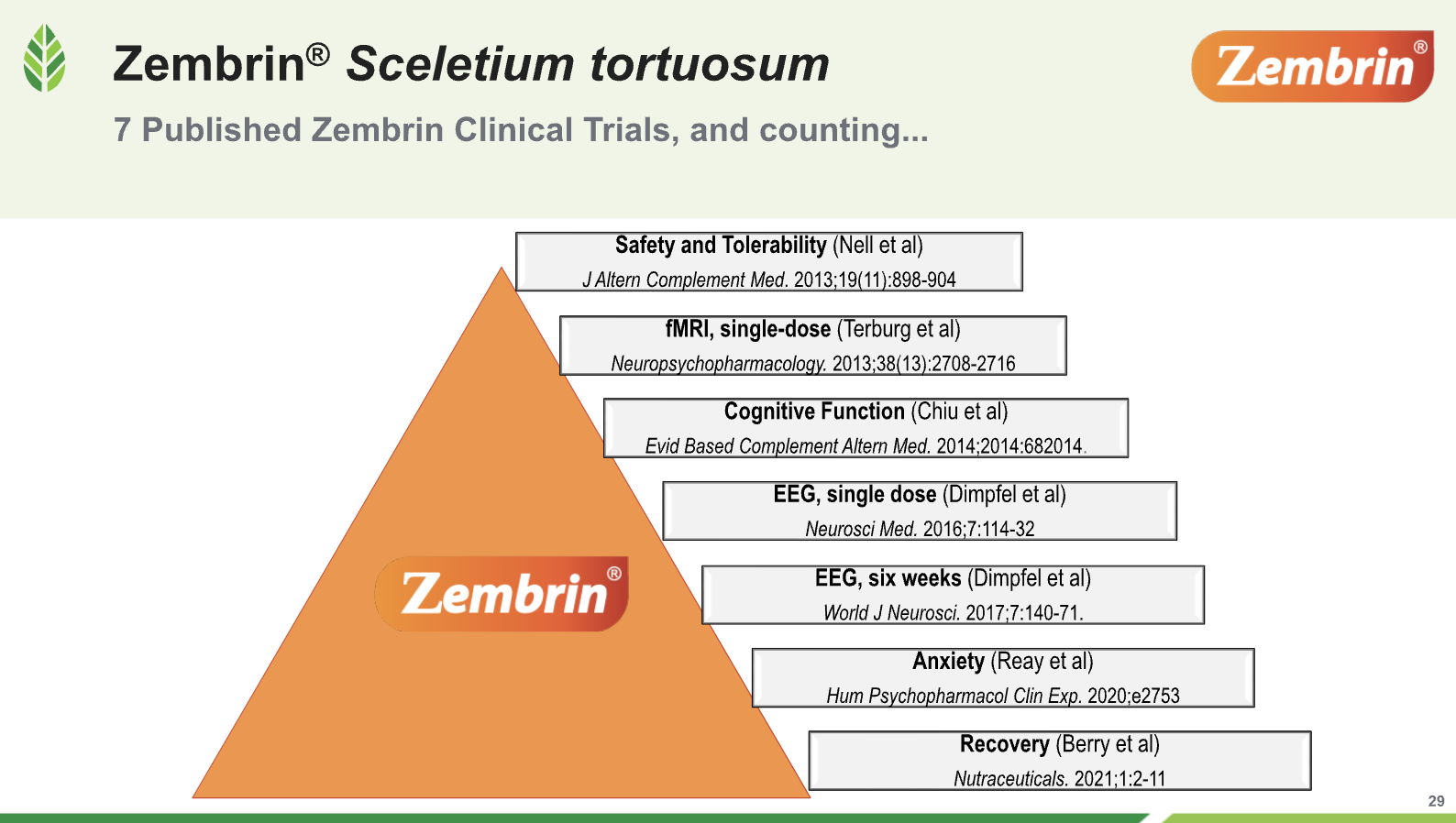
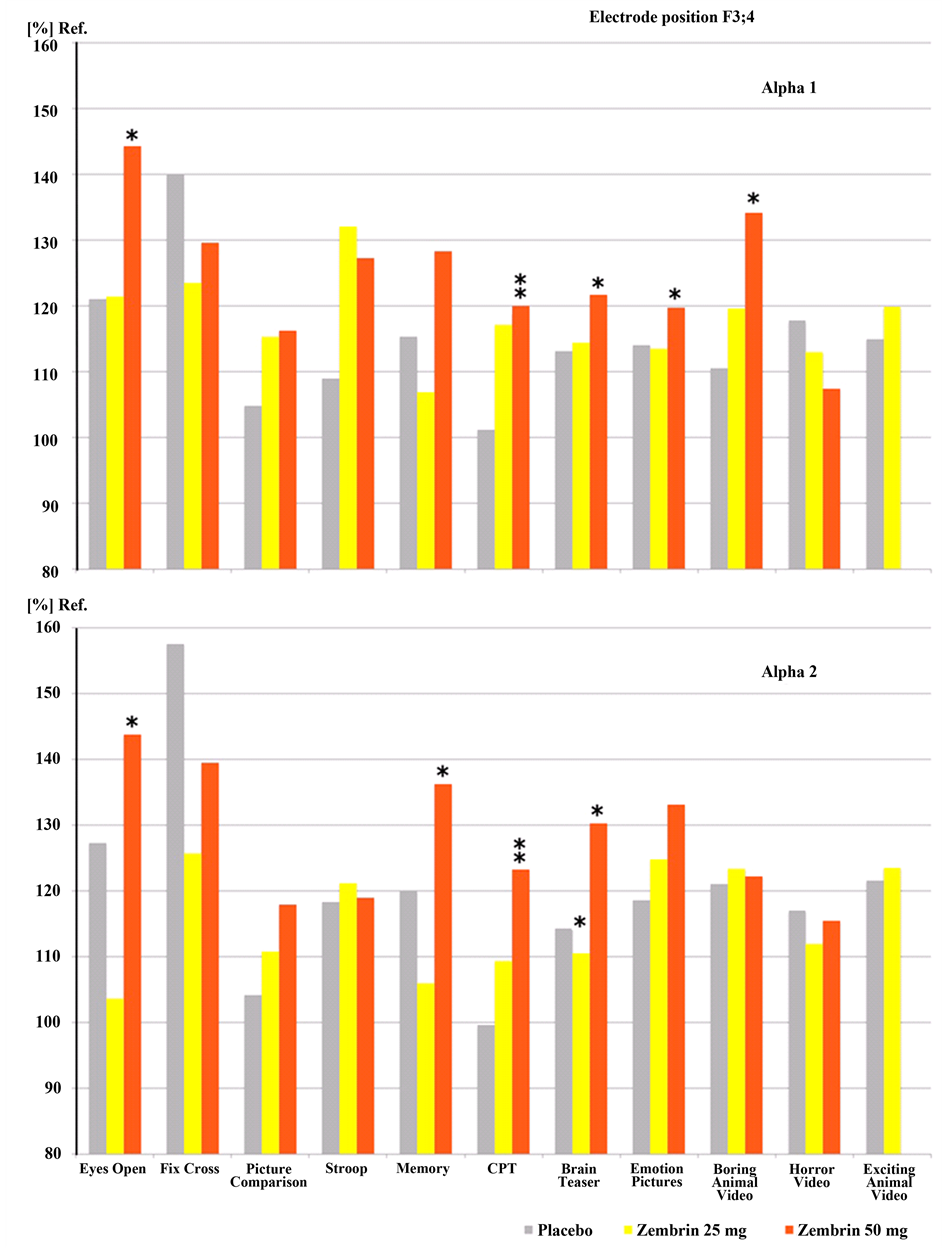
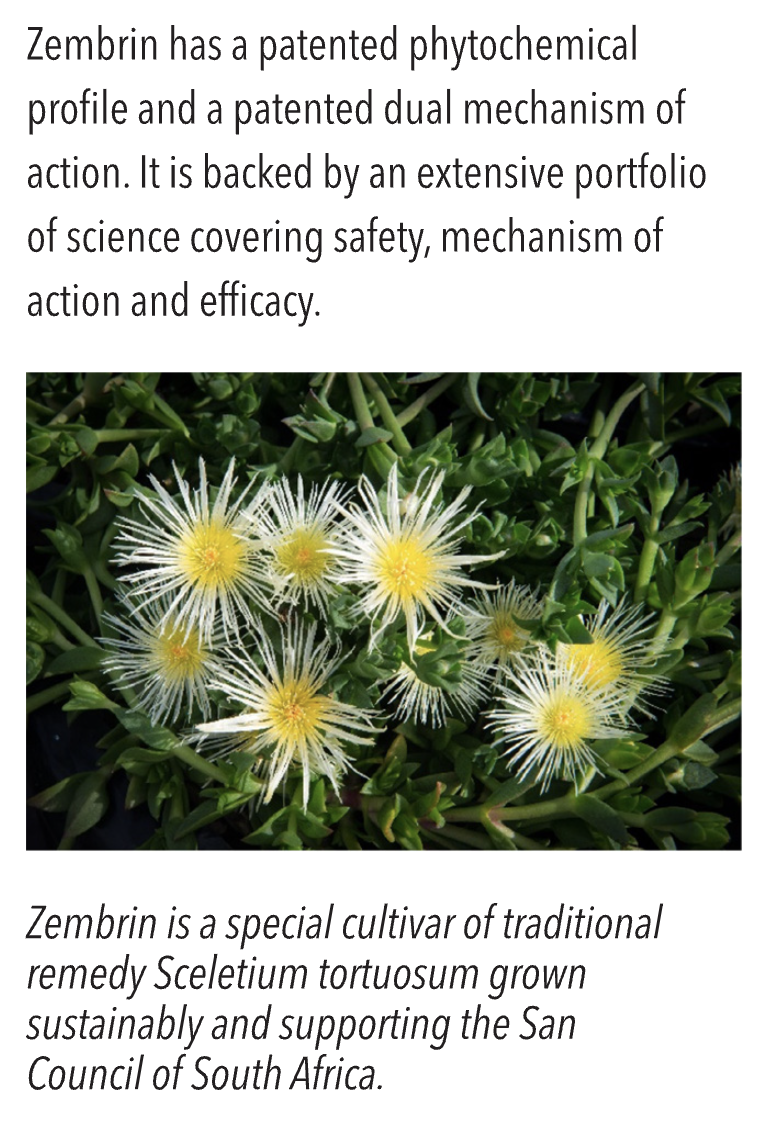
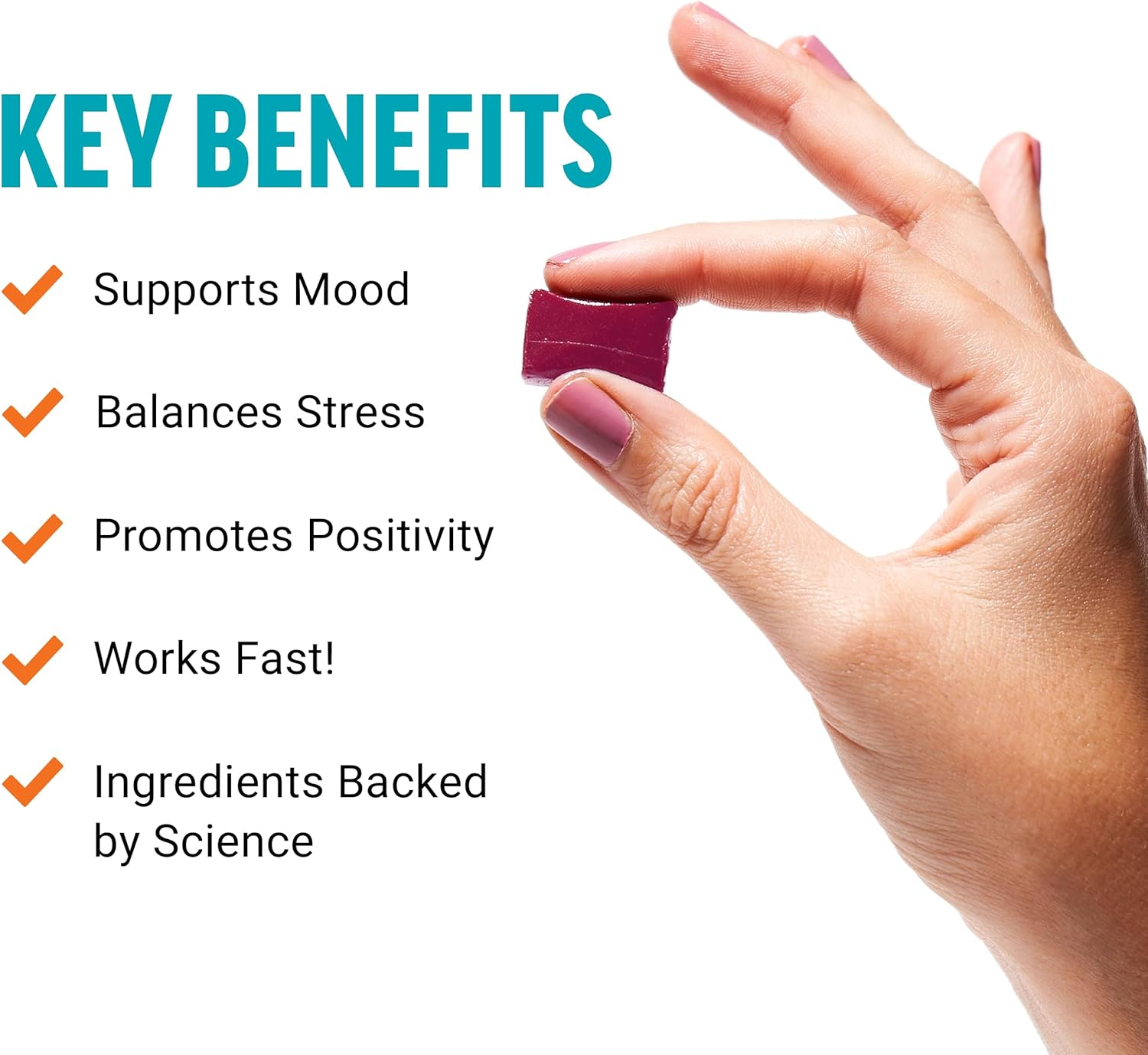
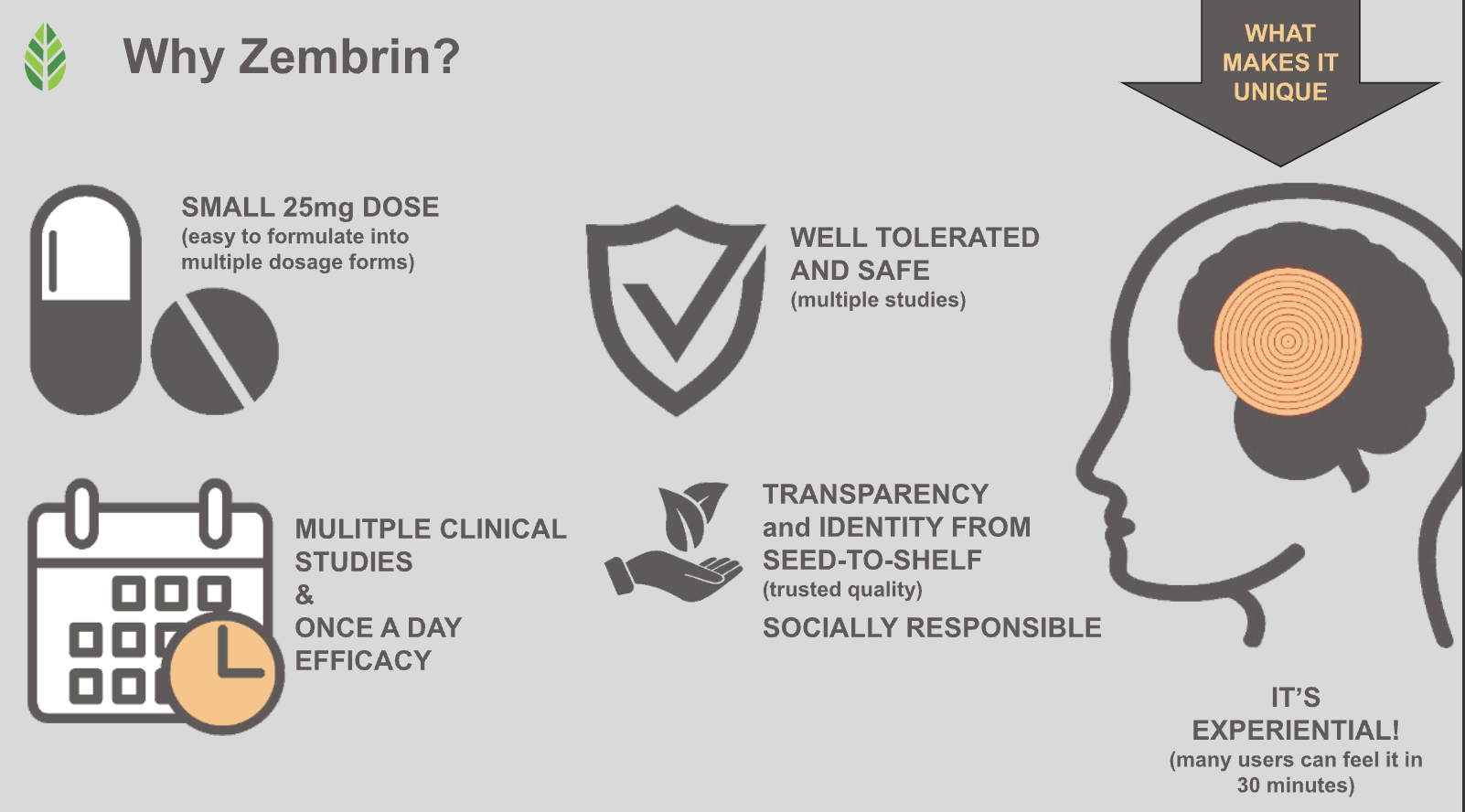
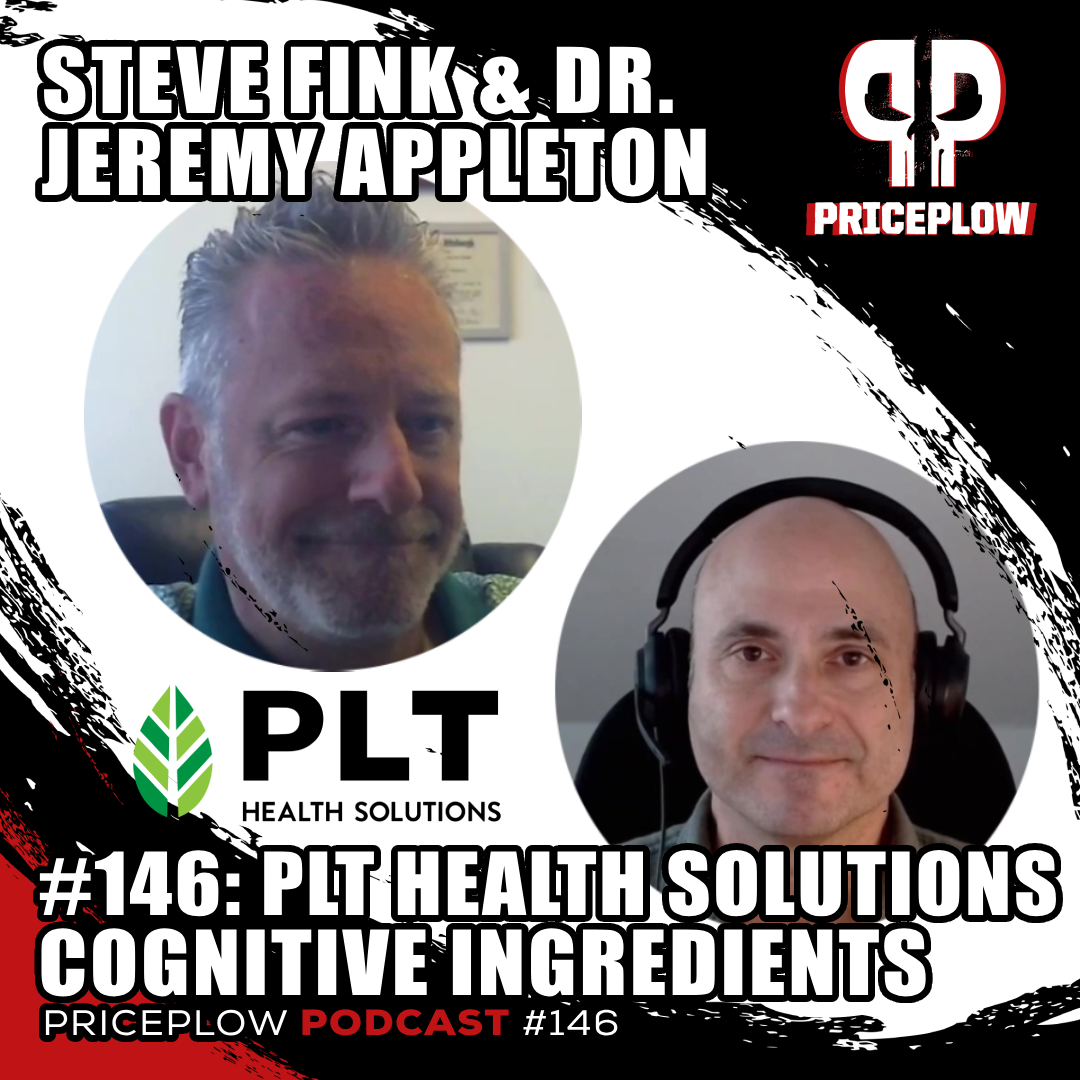
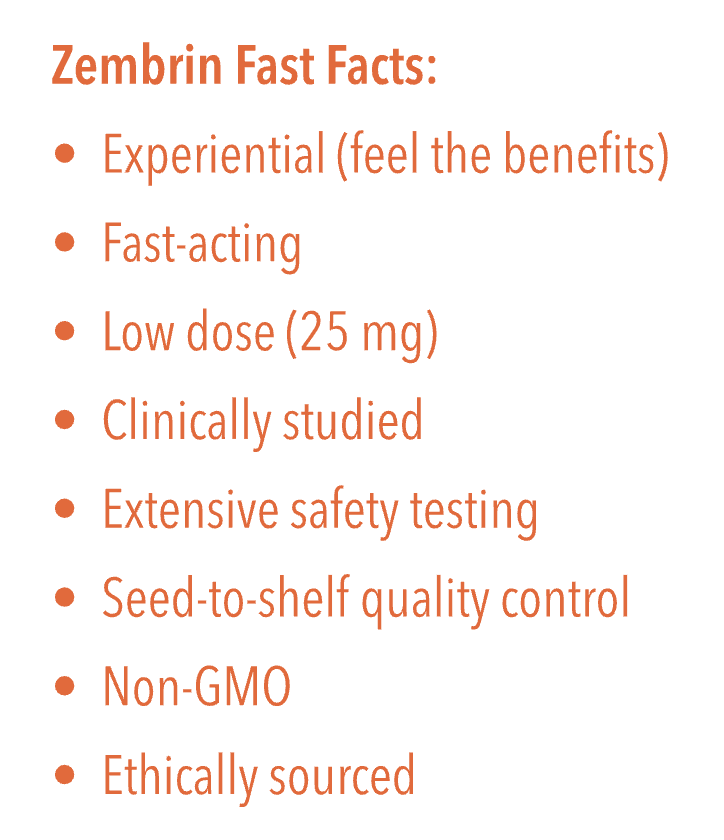
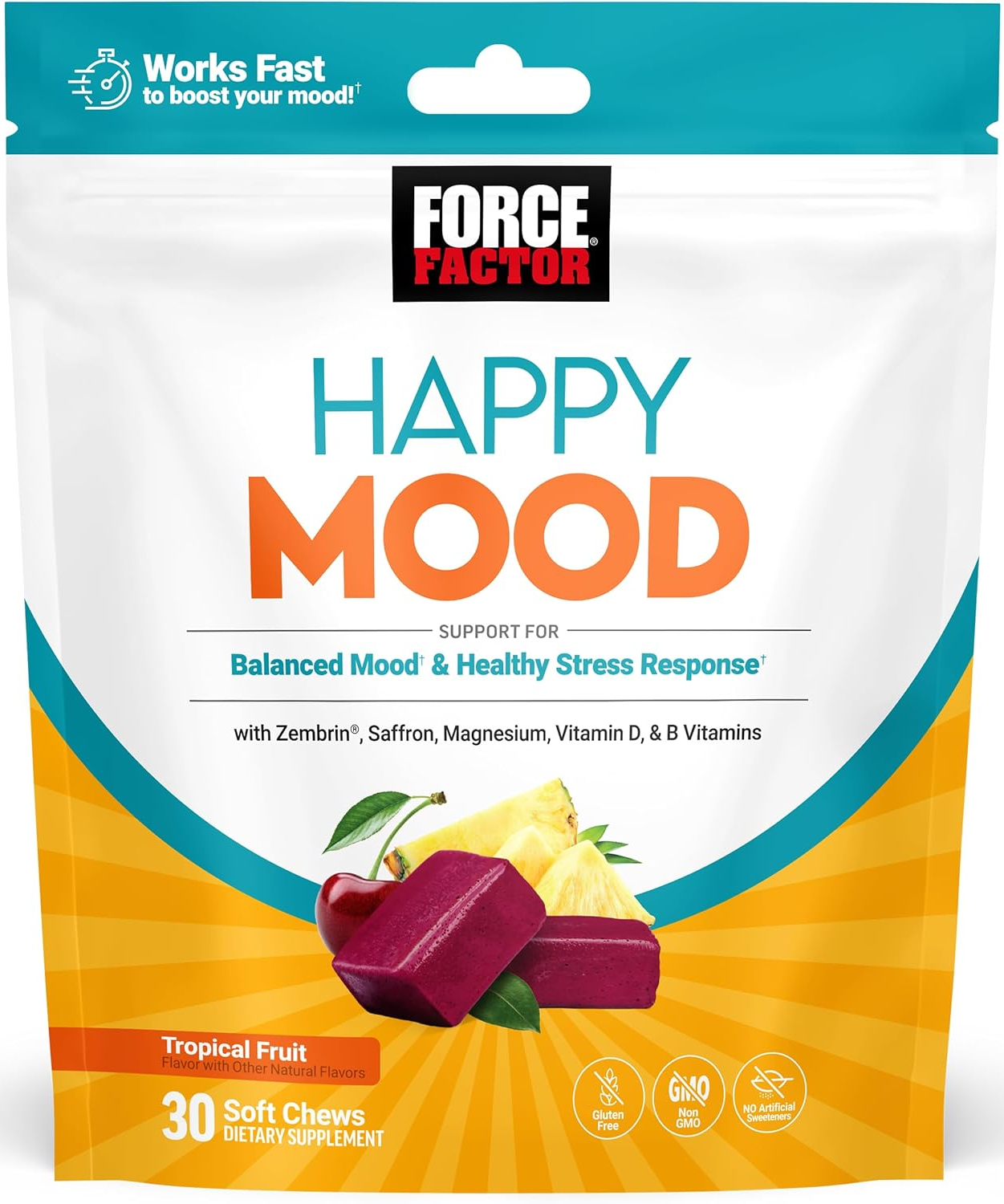


Comments and Discussion (Powered by the PricePlow Forum)